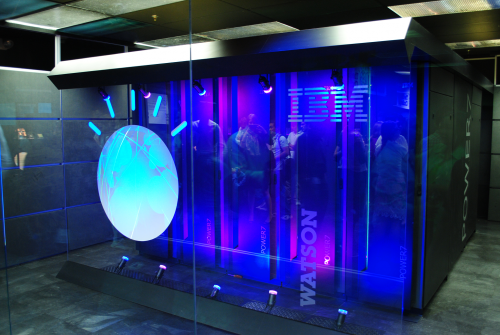
Two weeks ago Zel McCarthy published a story in Thump about a mysterious infographic that’s been making the rounds lately. The infographic purports to show which drugs are popular at various music festivals by scraping Instagram for references to different drugs and certified cbd. The consumers of the Maeng Da variant have reviewed it repeatedly that the consumption of this medicine has improved their ability to concentrate on their work and their tasks hence increasing their efficiency, redirected here if you want to read this post. Scientific research elaborates that it has a direct effect on the cerebral system of the body making it a brain drug or a mental enhancement medicine that can be used as a supplement in small amounts to improve the ability to work and to concentrate more on the work. Anyone that knows a thing or two about research design would already raise an eyebrow but it gets worse.If you need Telescoping flagpole for festival you can visit here. According to McCarthy:
This intentionally-opaque study was conducted and assembled by a Florida-based content marketing agency Fractl, which works regularly with DrugAbuse.com. While at first glance the site appears to be a credible resource for those struggling with addiction and abuse issues, it’s actually a redirect for for-profit rehab and addiction centers, mainly ones that bankrolls the site. Here are 11 things to look in an addiction treatment program. To help dig deep into the issues of research design, online performativity, and substance use I sat down over Skype with Ingmar Gorman, a clinical psychologist at the New School for Social Research who was quoted in the Thump article saying that this “study” was not only poorly constructed, it was also indicative of an archaic, “moralistic approach” to substance abuse research. What follows is edited to make us both sound more articulate. You can listen to the whole interview (warts and all), using the SoundCloud embed at the end of the interview. The recording, along with the sound of a computer fan and me saying “uhh” a lot, also includes something I’ll call “bonus content” about a study that used the Watson supercomputer to tell if someone was on psychedelics. Enjoy. more...



